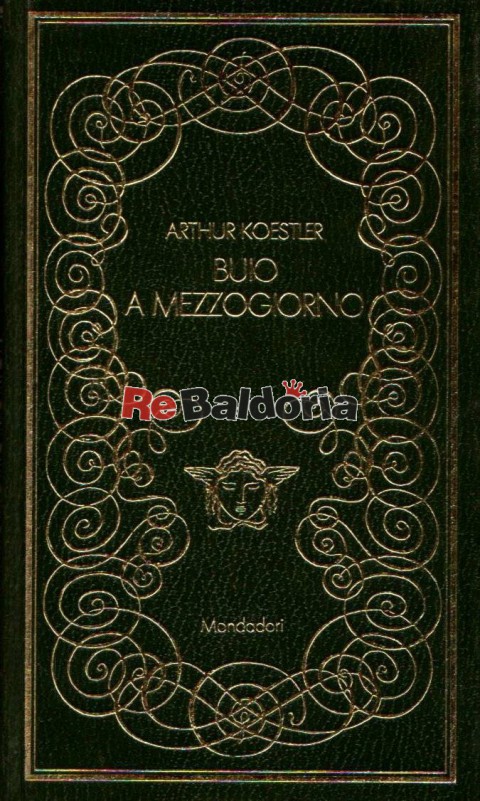

But Stalin also wanted to retain the support of the masses, rather than simply order a new wave of terror (which he’d done in earlier years). Stalin wanted to stamp out any remaining opposition among his leadership, especially among followers of Leon Trotsky, who hoped to keep spreading revolution abroad rather than focus on the homeland (a difference that can also be seen in the novel between the old guard and new guard). This was the context for the Moscow show trials in 1936 to 1938.

While the USSR did industrialize incredibly quickly, the policy also led to famines as well as to violent repression. In the 1920s, after Lenin’s death, Joseph Stalin came to power and attempted to rapidly industrialize the largely rural nation through what he called a Five-Year Plan, in which the state also seized control of all businesses and farms. In 1917, the October Revolution in Russia overthrew the Russian monarchy and led to a civil war between the revolutionary “Reds” (or communists) under Vladimir Lenin, and the counter-revolutionary “Whites.” The “Reds” (whose leaders came to be known as Bolsheviks) won and in 1922 the Soviet Union, or USSR, was established. He was a vocal supporter of voluntary euthanasia, and in 1983 he and his third wife Cynthia killed themselves by overdosing on pills. At the end of his life he was diagnosed with Parkinson’s disease. Eventually, Koestler would become especially interested in creativity, mysticism, and their relationship with science. The essays collected in The Yogi and the Commissar (1945) and The God that Failed (1949) explore his disillusionment with Communism. For the rest of his life, he continued publishing novels, memoirs, and critical works.

He fled to England, joining the French Foreign Legion to escape arrest, and eventually became a British citizen in 1948. In 1939, while he was writing the novel and living in Paris with his lover Daphne Hardy, Koestler was arrested on suspicion of working for the Soviets and was sent to an internment camp. The latter in particular led to his writing of Darkness at Noon. He slowly became disillusioned with communism as a result of the Nazi-Soviet nonaggression pact of 1938 and the revelation of the Moscow show trials. During the Spanish Civil War, when he went to Spain as a Soviet agent, Koestler was arrested and spent time in prison. At the end of 1931, he applied for membership in the Communist Party of Germany. He attended the University of Vienna and subsequently became a journalist, reporting in the Middle East, Paris, and Berlin, among other places. Arthur Koestler was born to a family of Jewish Hungarians who were moderately well-off.


 0 kommentar(er)
0 kommentar(er)
